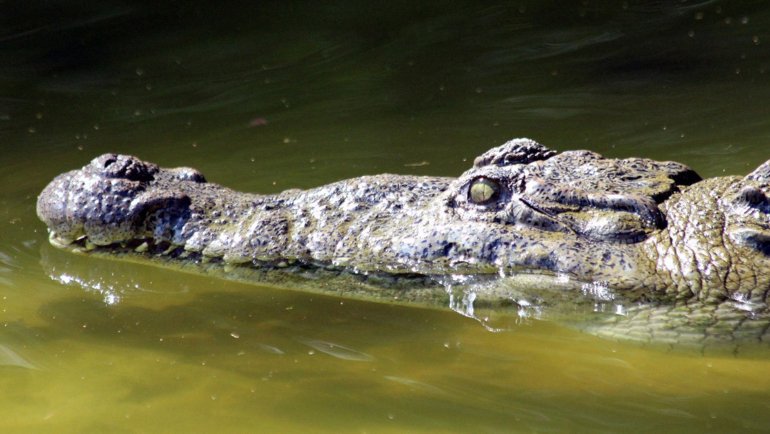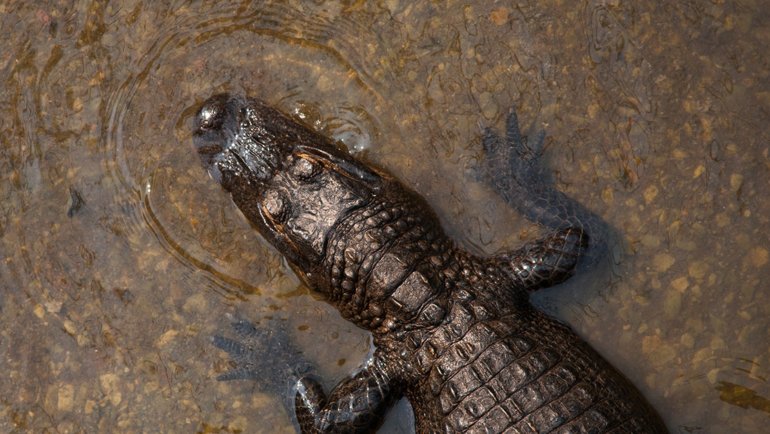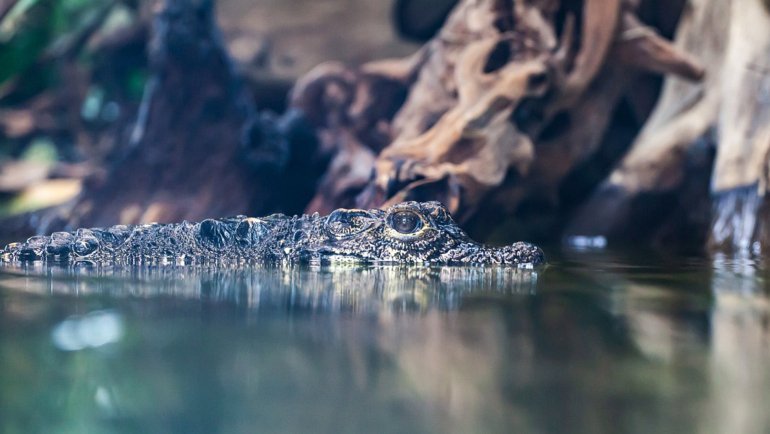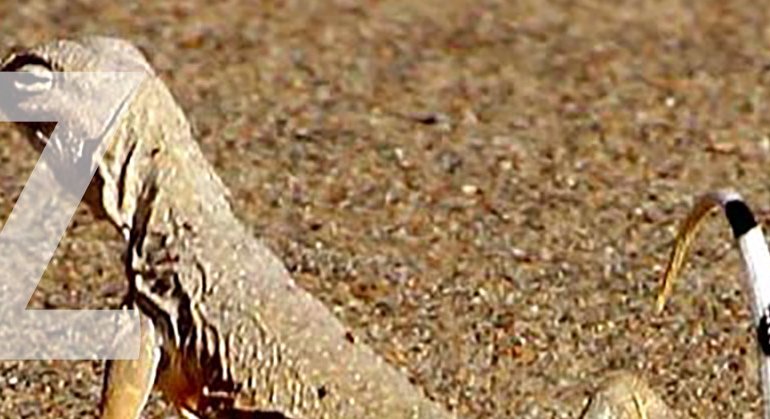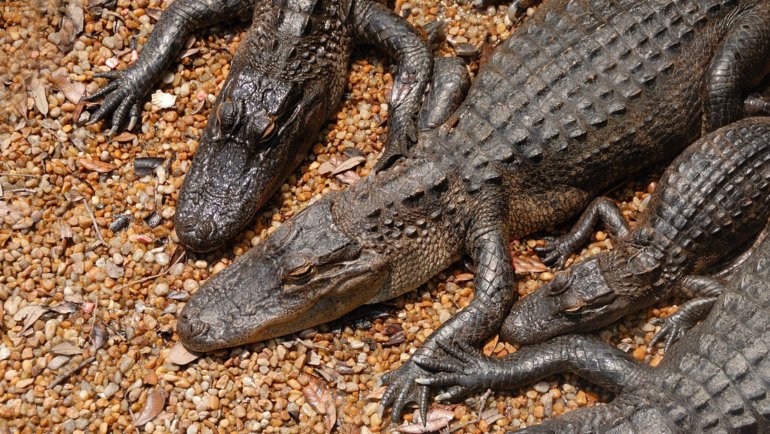Snakes are mostly carnivorous reptiles that vary in size, appetite, and strength. This guide will discuss all you need to know about snakes’ regular food and how their location and habitat affect their diet.
Snake’s Favorite Diet And Food
Snakes eat warm or cold-blooded animals and insects. Their favorite diet is determined by habitat and the specie and size of their animal or insect. Snake’s favorite food include:
- Birds.
- Chickens.
- Eggs.
- Lizards.
- Frogs.
- Mice.
- Earthworms.
- Reptiles.
- Guppies.
- Gerbils.
- Slugs.
- Hamsters.
- Insects.
- Amphibians.
Large snake species like anacondas eat caimans, foxes, deer, cats, crocodiles, goats, sheep, and jaguars.
What Do Snakes Eat In The Wild?
Snakes in the wild eat any warm or cold-blooded animals and insects that they can find in their habitat.
All snakes enjoy eating meat, be it in the wild or desert. A snake’s prey is determined by its size, enabling some to eat ants while others can eat jaguars.
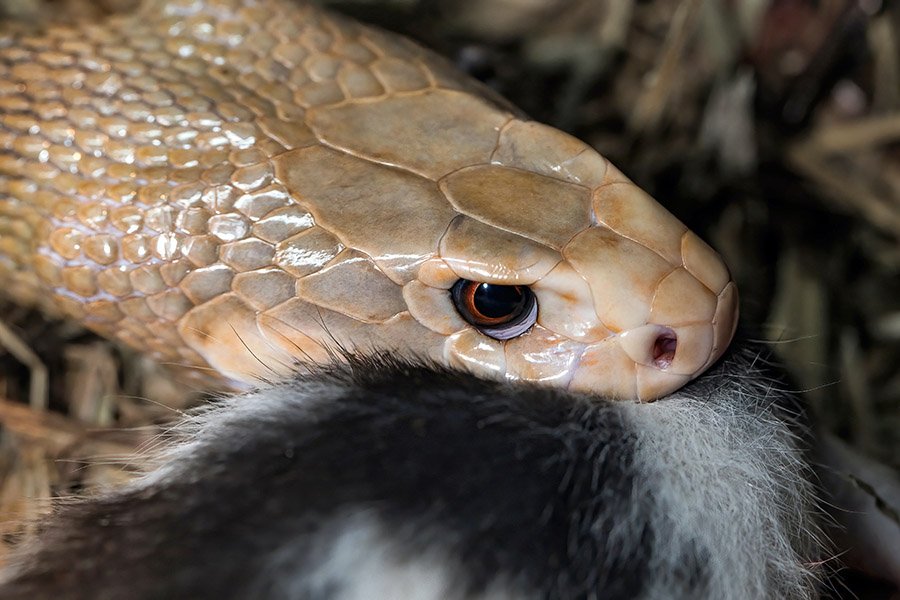
What Do Snakes Eat In The Desert?
Snakes in the desert eat insects, frogs, lizards, rabbits, birds, eggs, and smaller snakes. Other animals desert snakes eat include spiders, scorpions, toads, desert cottontails, fennec foxes, sand cats, kit foxes, desert iguanas, and more.
How Often Do Snakes Eat?
Adult snakes eat once a week, while younger ones eat twice weekly. These cold-blooded reptiles conserve energy and don’t require much to stay alive.
Some circumstances like breeding and skin shedding also determine how much a snake would eat. A female breeding snake eats more, while a shedding snake typically avoids food.
How Much Do Snakes Eat?
The amount of food a snake eats depends on its activity level, health, size, and age. An adult snake eats significantly more than a young snake. If an adult or young snake is sick, it can’t consume as much food as it would when healthy.
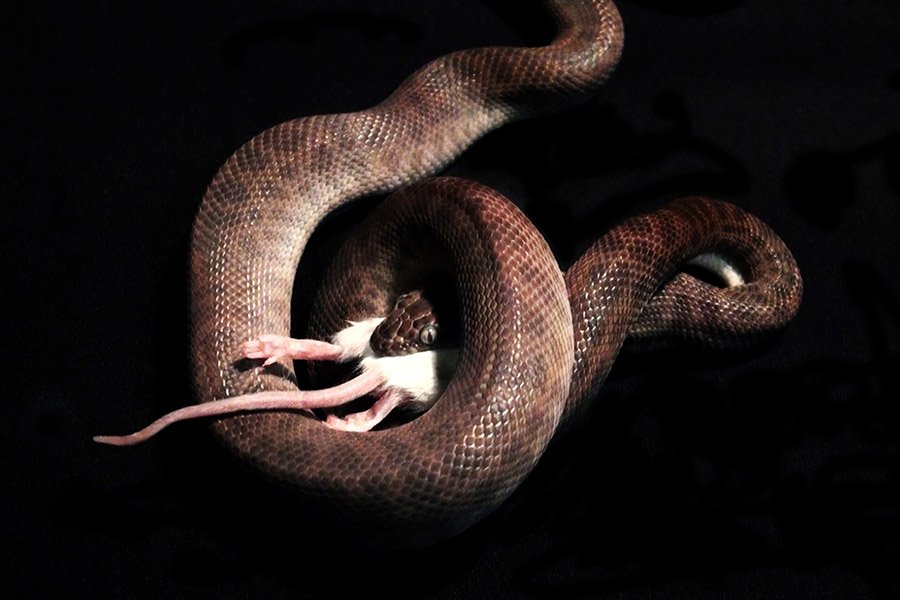
What Can You Feed A Pet Snake?
You can feed a pet snake with freshly killed insects or animals like mice, frogs, guppies and slugs. You do not have to hunt the prey yourself; you can get them from pet stores.
Feeding your snake with live prey is not advisable as this could make the snake feel threatened. This also exposes the prey to psychological trauma.
How Often Do You Feed Snakes?
You should feed your younger snake twice a week while an adult snake once weekly. A snake’s age, size, health status, and activity level greatly affect how often it eats.
A female breeding snake would require food more frequently than normal, while a snake shedding its skin can stay without eating as it doesn’t feel hungry.
How To Tell If A Snake Is Hungry?
Several behaviors can help you know when your snake is hungry. Common expressive characteristics include prowling, moving between hides, air tasting, restlessness, and less soaking.
Hungry snakes also tend to focus their attention and gaze on their feeders. It is important to take note of these behaviors to help you keep a happy and healthy snake.
Also read: Are Snakes Friendly? Do They Have Feelings & Do They Make Good Pets?
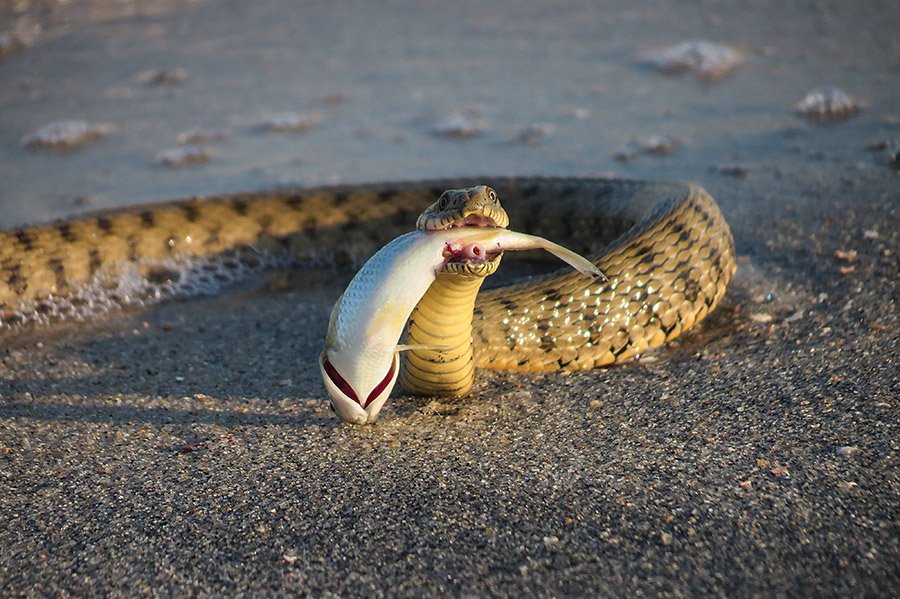
What Do Newborn Snakes Eat?
Newborn snakes eat food supplements, insects, tadpoles, eggs, mice, and any animal they can put into their mouth. Baby snakes eat smaller sizes of the foods their parents eat. It is best to feed them with foods that are easy to eat and digest, like earthworms.
How Often Do Baby Snakes Eat?
How often a baby snake eats is determined by its specie, size, age, weight, and general health status. A baby snake below 10 grams should be fed every 3 – 4 days, while those above 20 grams can eat every 5 – 6 days. Nevertheless, if you feed your snake and it gulps it in immediately, you should feed it more often.
How Do Snakes Digest Food?
The snake’s muscle plays an important role in the food digestion process.
After catching its prey, the snake walks over the food with its hook-shaped teeth and soaks it in saliva while its expandable jaw muscles open up and force the food down its esophagus. The snakes’ muscles help crush and carry the food from the esophagus to the stomach, where digestion slowly begins.
Venomous snakes have it easier as their venom help kick-start the digestion process early
Also read: What Eats Snakes? Top 12 Snake Predators
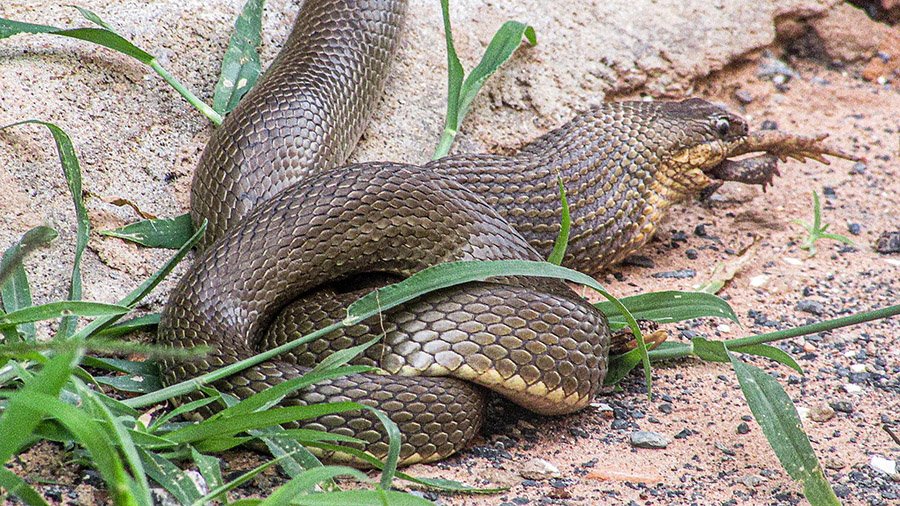
Why Do Snakes Swallow Their Food Whole?
Snakes do not have teeth that can help them chew, so they swallow their prey instead. The swallowing process work for all kind of snakes, and its food being swallowed whole is why digestion takes a while.
How Long Does It Take For A Snake To Digest?
It takes a snake 4 – 5 days to digest its food completely. Large prey eaten by a huge adult snake requires more time to digest. Snakes swallow their food, and the stomach acid needs to dissolve the prey’s bones. This process takes more time compared to animals that can chew.
Do All Snakes Eat Mice?
All snakes do not eat mice. The type of food that a snake finds enjoyable depends on its species.
Some snakes that do not eat mice feed on worms, beetle larvae, eggs, fish, lizards, frogs, toads, moths, crickets, spiders, caterpillars, and more. They are often considered ideal for vegetarian snake fanciers.
What Snakes Don’t Eat Mice?
Several snake species that do not eat mice include rough green snakes, garter snakes, Indian egg-eating snakes, African egg-eating snakes, smooth green snakes, water snakes, snail-eating snakes, worm snakes, and flowerpot snakes. Most of these snake species are docile, except for the water snake.
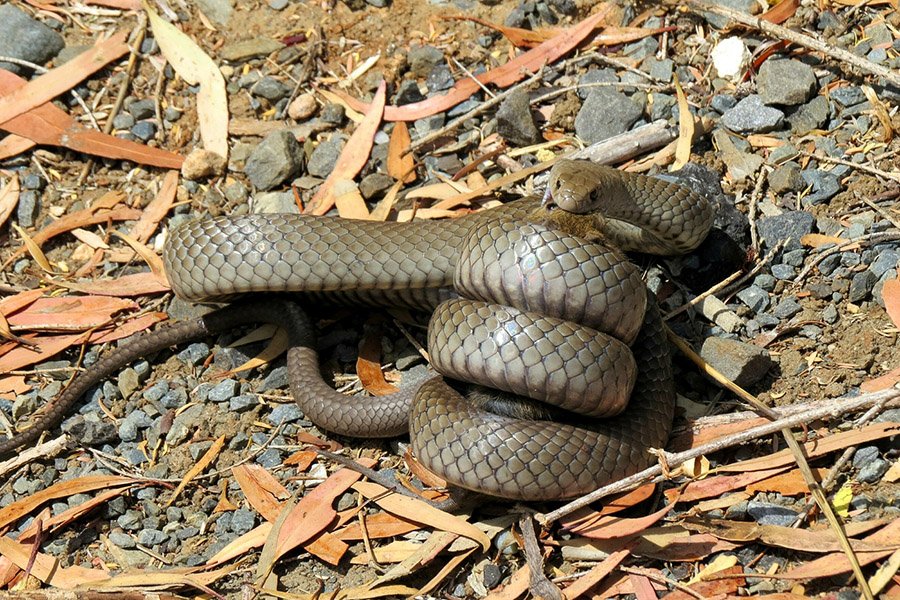
How Long Can Snakes Go Without Eating?
Snakes can survive for two months without food. Snakes in the wild live without water for weeks or even months. A snake species also determines how often it requires food. Staying without food for long can only work in adult snakes. Baby snakes will starve to death if they do not feed regularly.
What Snakes Eat Other Snakes?
Snakes that eat other snakes are referred to as the Ophiophagus. Snakes like the king cobra, common kingsnake, mussurana snake, eastern indigo snake, king brown snake, blue Malaysian coral snake, cottonmouth, coachwhip, and banded krait eat other snakes. Some of these snakes can eat their species and other highly venomous snakes.

